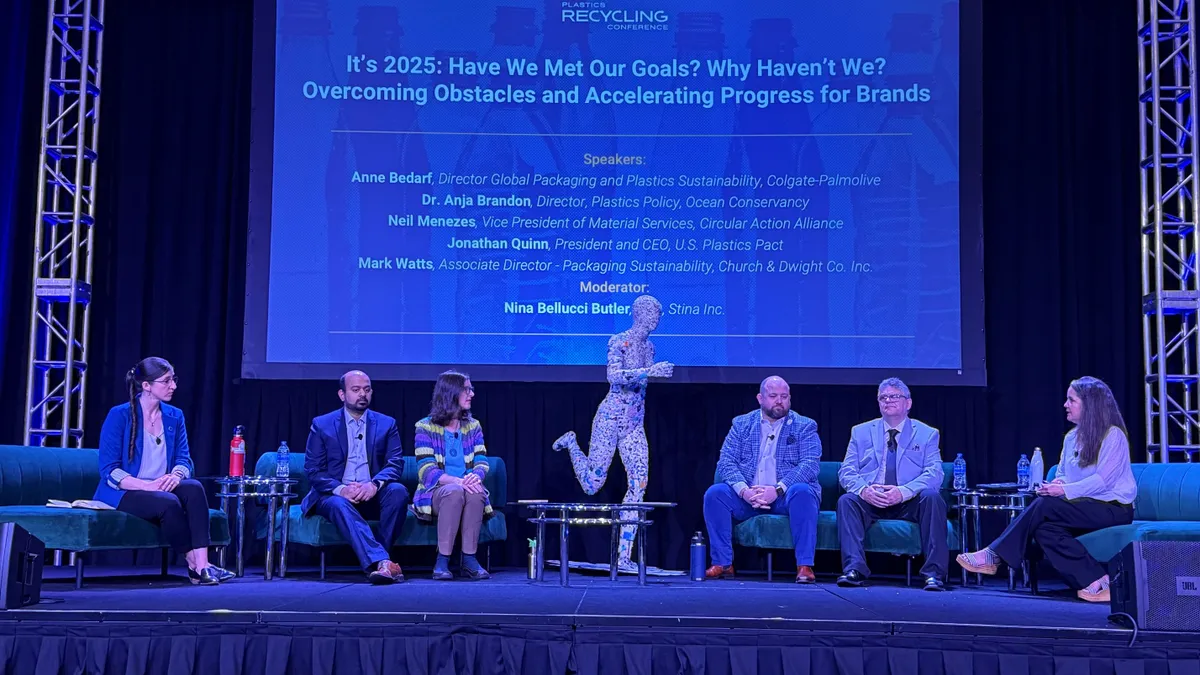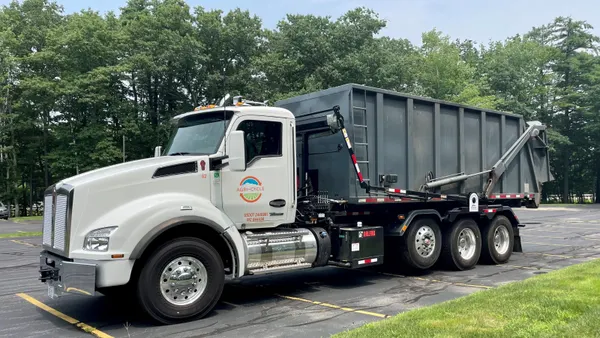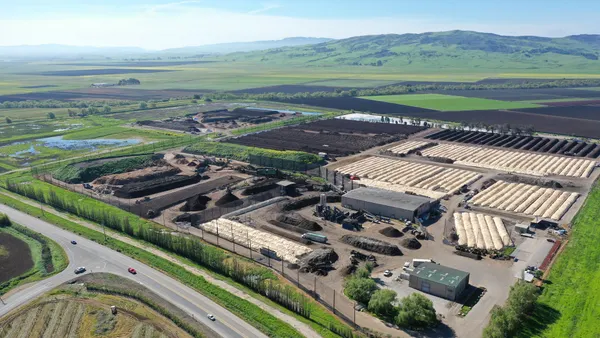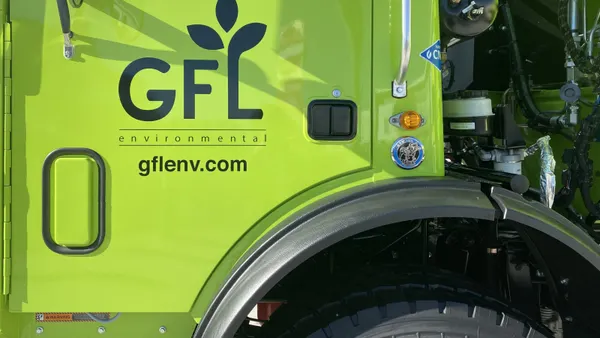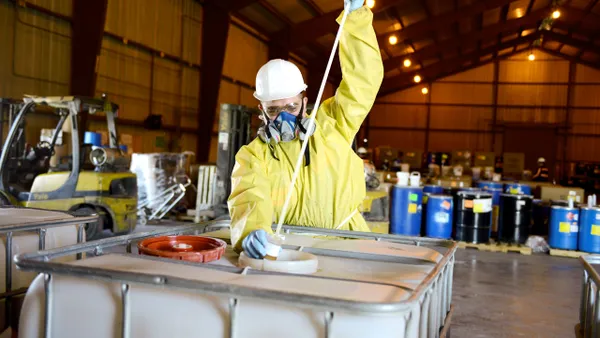During WM’s Investor Day presentation on Tuesday, executives offered a vision for long-term stability and investment in sustainable waste management plans into 2027 and beyond.
The company laid out new 2027 earnings targets along with some details of how it plans to update its infrastructure and asset networks. WM is also continuing its integration of Stericycle, now known as WM Healthcare Solutions, which it expects to drive revenue growth.
WM executives offered a few updates on long-term sustainability projects, which Chief Sustainability Officer Tara Hemmer said position the company to compete in a North American business environment increasingly being shaped by extended producer responsibility laws and disposal diversion policies. Along with recycling and renewable energy infrastructure projects that WM has mapped out through 2026, the company has also invested in organics infrastructure in states like California, as well as in Canada.
At the same time, CEO Jim Fish said the company has long-term plans for maintaining reliable disposal capacity as both MSW volumes and disposal costs are poised to rise in coming decades. WM’s network of landfills also have longer remaining lives than some of its competitors’, he noted.
WM also sees opportunities in pursuing environmental solutions business in coming years, particularly for hazardous waste, biosolids and PFAS processing and disposal.
Here are some highlights from the event.
Revenue projections and M&A considerations
WM introduced new long-term earnings targets across its business segments, which the company expects will be supported by a balance of organic and inorganic growth. CFO Davina Rankin said the company hasn’t released such long-term projections in more than 10 years.
WM Healthcare Solutions
Rafael Carrasco, president of WM Healthcare Solutions, said the continued Stericycle integration is already offering new business opportunities. “We have the largest network, we have the largest portfolio of customers, so we're in prime position to really gain more than our fair share of growth from the industry,” he said, noting that WM was able to add its logistics expertise and optimize Stericycle’s previous service delivery model to grow this sector over the next few years.
WM is also focusing on improving its selling, general and administrative expenses in this sector. WM has long mentioned that getting back into healthcare services was an ideal business strategy due to an aging population, Carrasco added that WM Healthcare Waste Solutions now also serves a diverse range of other kinds of clients, including laboratories, schools and even tattoo parlors.
Sustainability segment projections
During a sustainability investor day in 2023, WM announced plans to invest heavily in recycling and renewable energy. Today, policy trends like EPR are a “huge driver” of WM’s continued recycling business, Hemmer said, because it will bring more kinds of materials to recycling facilities. About half of the new and upgraded recycling facilities WM is building in the U.S. or Canada are located in places with an EPR law, she said, with more U.S. states expected to adopt an EPR law in coming years.
Regarding WM’s renewable energy plans, Hemmer said WM welcomed the U.S. EPA’s release of a draft update to the Renewable Fuel Standard, calling the proposed changes a “constructive” turn of events that could help stabilize the broader RIN program over the next three years. That broader stability has contributed to recent RIN prices of about $2.20, she said.
Labor and fleet improvements
WM has reworked some of its employee retention strategies over the years, particularly since the COVID-19 pandemic struck in 2020. Pay increases and automation strategies have all helped lower turnover, said President John Morris. Investments in fleets, including safety features such as automatic side loaders and AI-assisted cab technologies, have also played a role. “Maybe it's one of those softer metrics, but any of you who work in the business and have lived through some of the labor strikes that we've seen over the last handful of years will know this has been a big benefit to the organization.”
Landfill capacity considerations
Landfill capacity is a major consideration for the waste industry, and WM executives estimate disposal costs will rise in coming years. WM internalizes about 70% of its entire waste stream. Though Fish did not offer specific numbers, he said WM is well-positioned to expand certain existing landfills in coming decades by purchasing adjacent land, “even in places that aren’t cheap, like Pennsylvania and Florida.”





